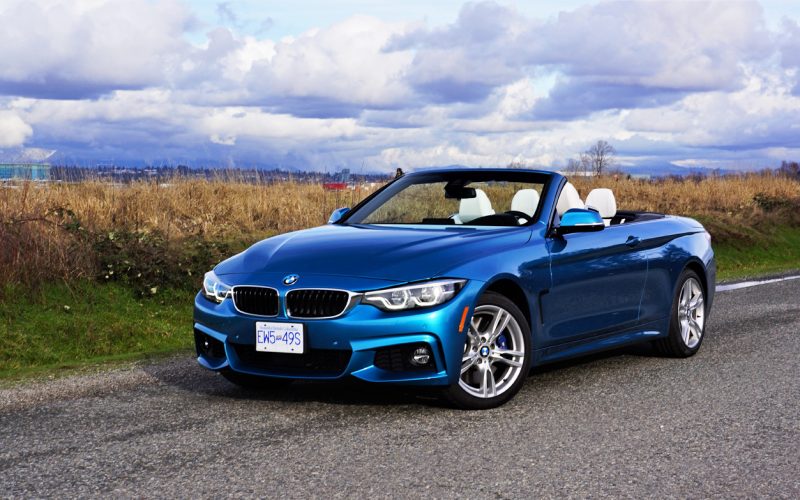
Reading Time: 10 minutesAfter doing an exhaustive preview of the 2021 G80 M3 Sedan and G82 M4 Coupe that
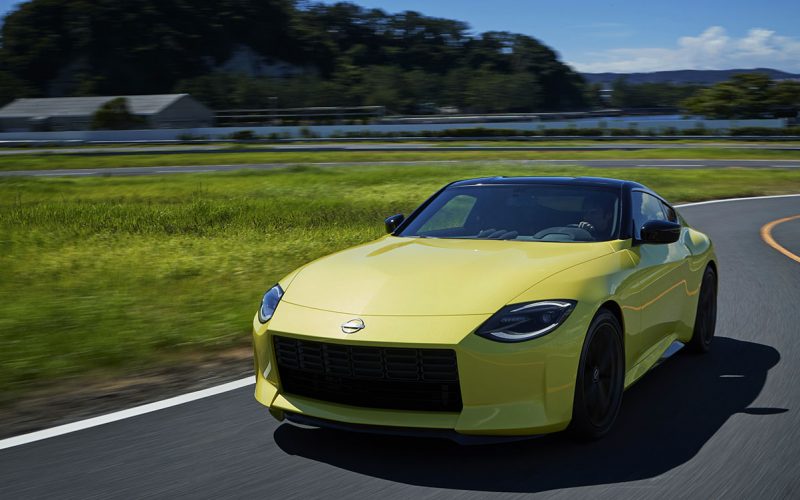
Reading Time: 8 minutesWhen an automaker creates a sports car as immediately classic as the now legendary 240Z, it’s
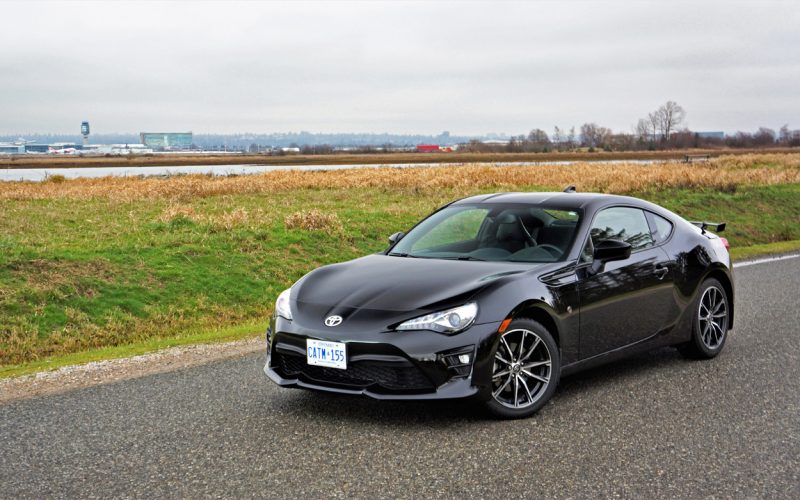
Reading Time: 11 minutesHold on. Subaru’s BRZ now outsells the Scion FR-S… er… the Toyota 86 by 2.5-to-one? What’s
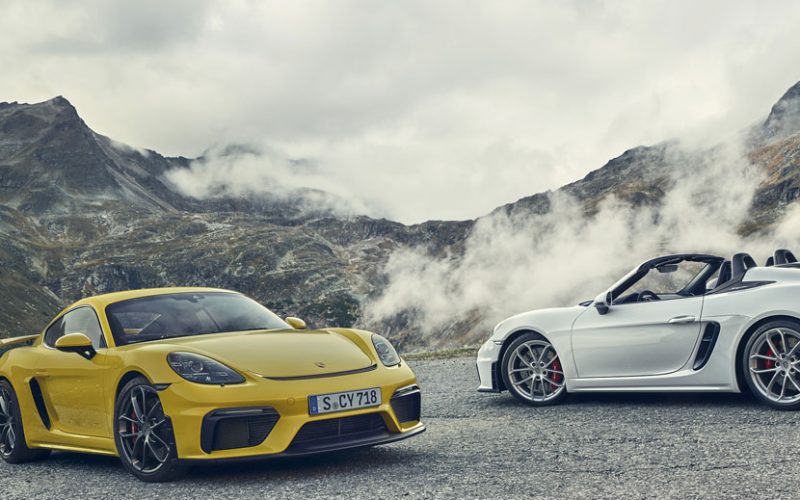
Reading Time: 8 minutesPorsche has been criticized, possibly unfairly, for not allowing its entry-level models to measure up to
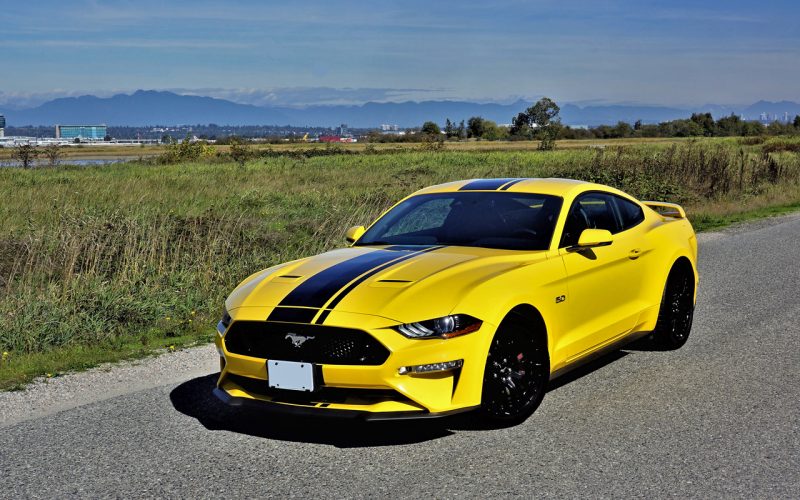
Reading Time: 12 minutesYou’re looking at the only car in Ford’s lineup not scheduled for cancellation within the next
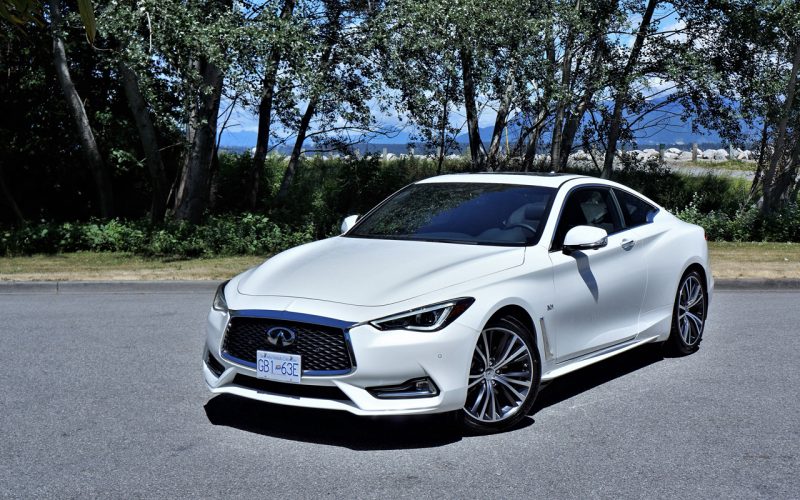
Reading Time: 14 minutesTwilight was causing headlamps and taillights to illuminate as I was driving home the other day,
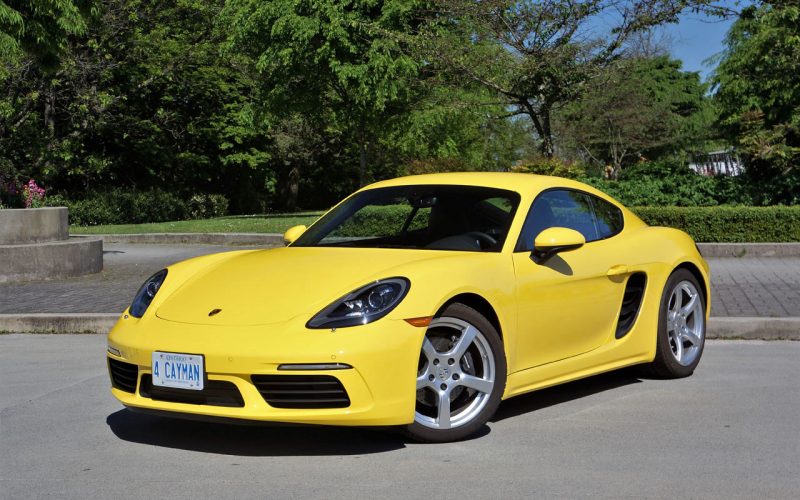
Reading Time: 6 minutesNormally when a premium brand changes its model-naming scheme from creatively written monikers to alphanumeric drivel
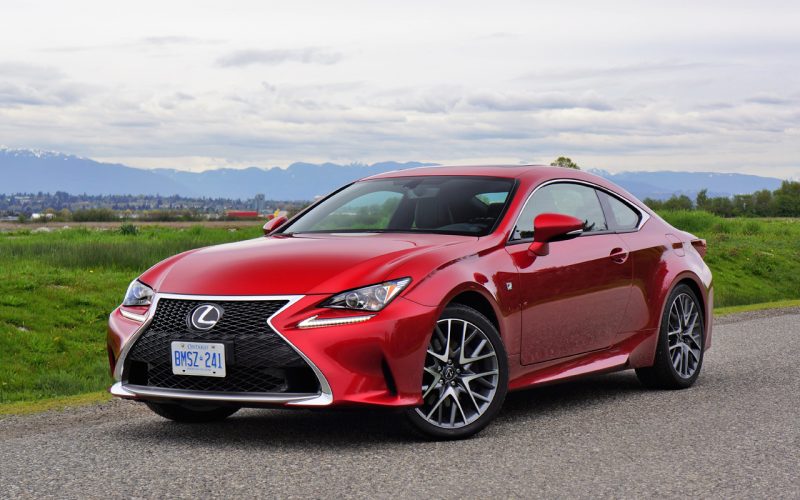
Reading Time: 4 minutesThere’s a reason Lexus is considered a Tier 1 luxury brand along with Mercedes-Benz, BMW and
© 2025 The Car Magazine. All Rights Reserved, Privacy Policy | Terms of Use